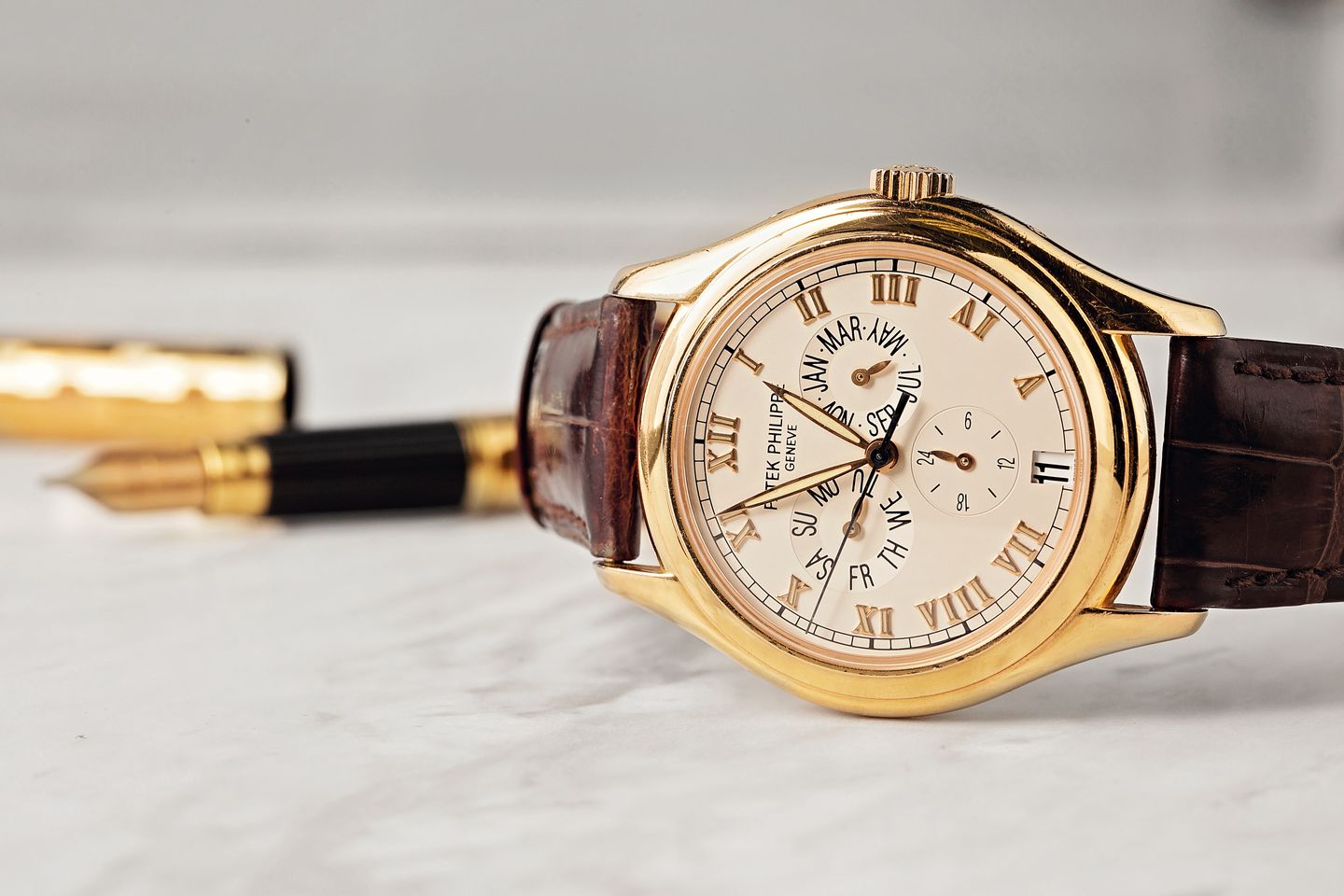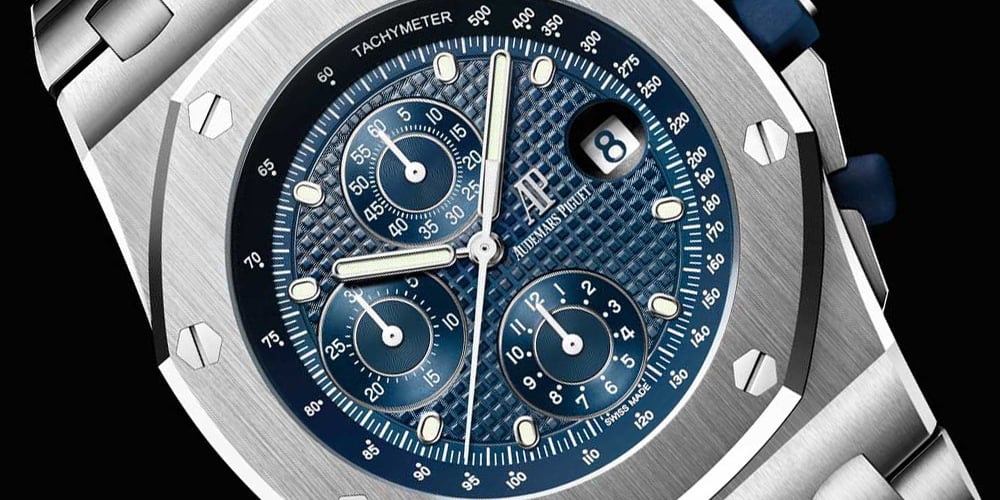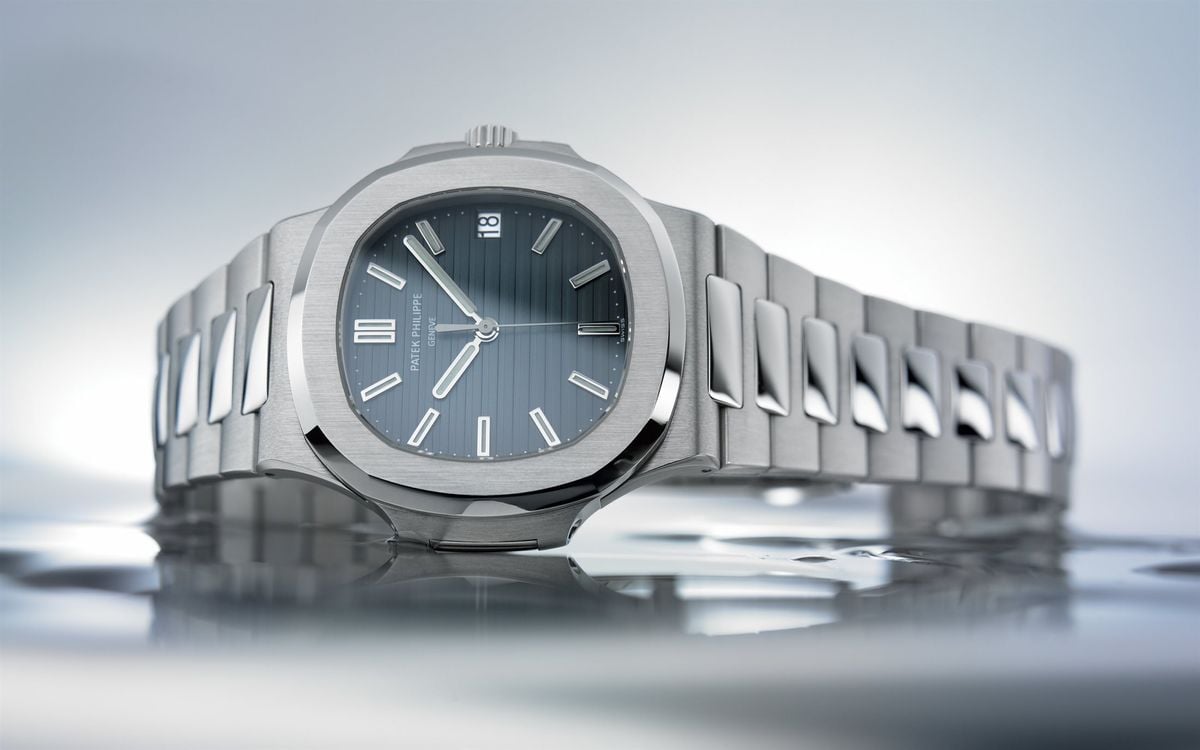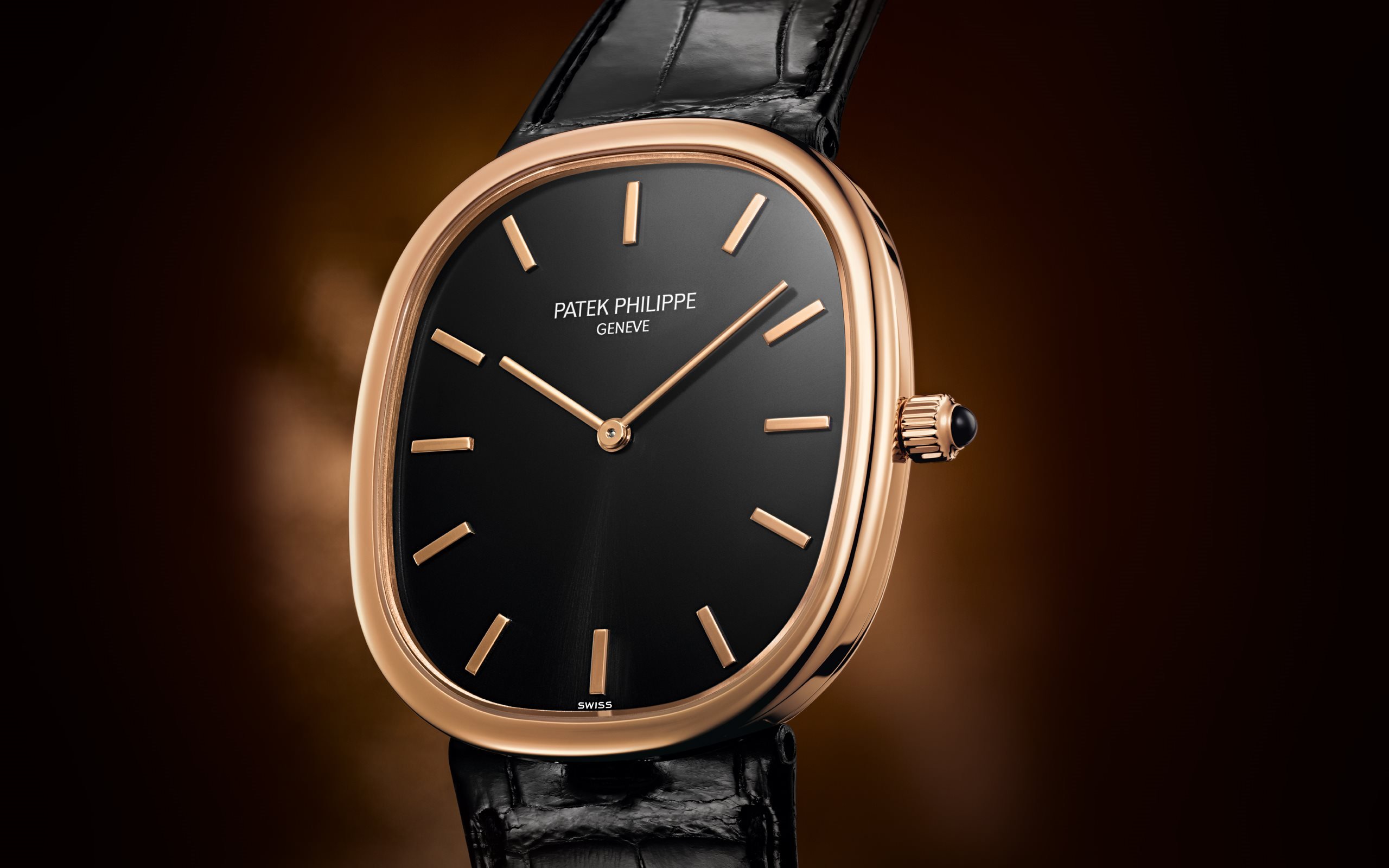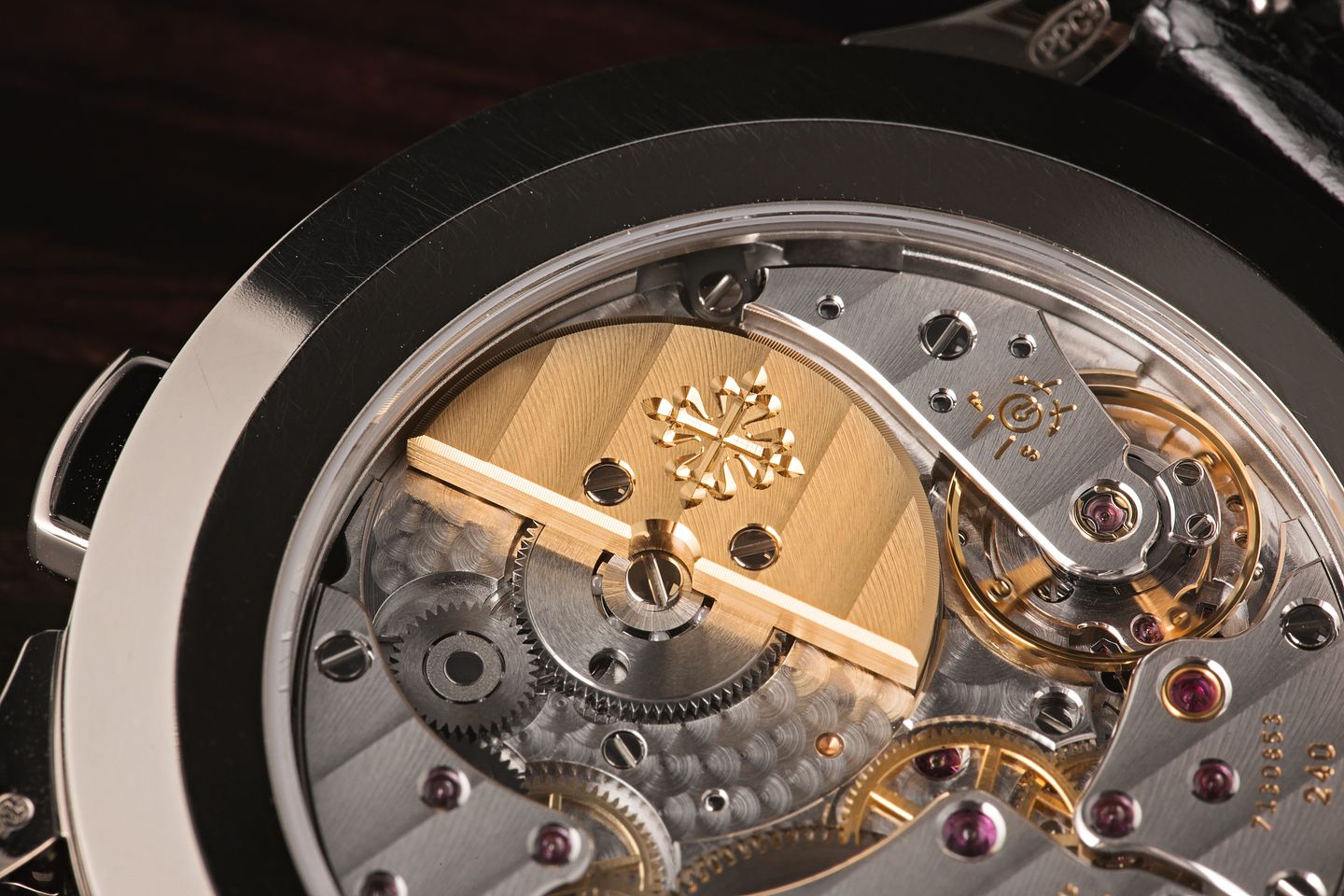Have you ever noticed that Patek Philippe reference numbers and caliber numbers also include letters? Like many of the biggest names in watchmaking, most of these letters and numbers have a purpose. They can tell you valuable information about the watch, such as the materials used and the functions built into the movement. If you’re not sure what the letters in these alphanumeric codes mean, don’t fret. We’ve compiled this handy Patek Philippe reference number guide. Read on to learn more.
About Patek Philippe Reference Numbers
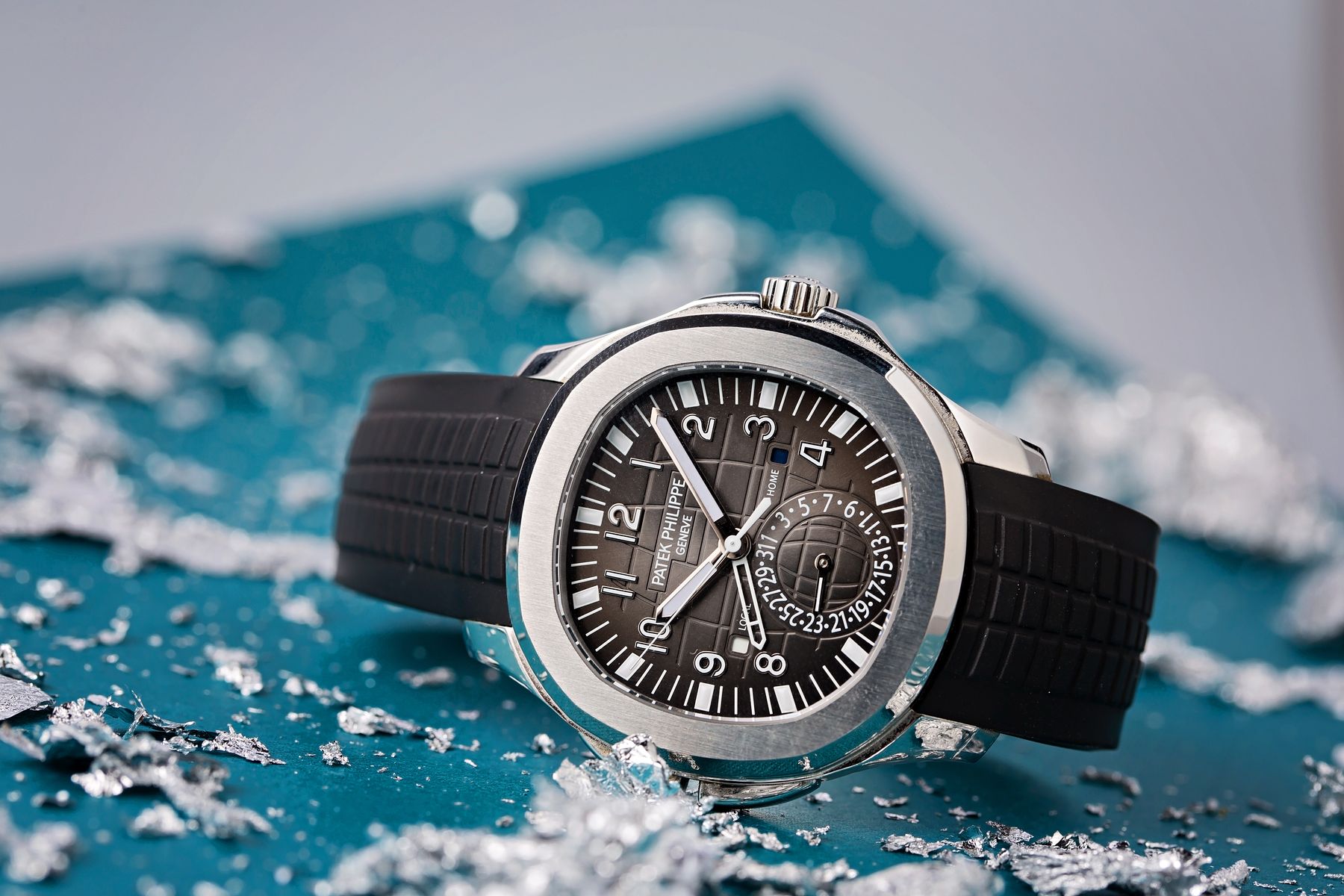
A reference number is a model number that helps distinguish a watch from other offerings in Patek Philippe’s catalog. There are other watchmaking companies on the market that follow a very strict numbering system where every single digit provides information about the watch in question. Patek Philippe is not one of them. While they do follow a pattern of some sort, not every digit is meant to stand for something. Additionally, the rules they seem to follow aren’t always concrete, which is important to keep in mind when reading this guide.
Patek’s number structure typically follows a loose format that looks something like this: 5726/1A-014, although most people refer to the models by their first four digits because they’re often much easier to remember. Additionally, models from the same collection seem to share the first two digits most of the time. For example, the Calatrava often starts with 52XX and the Nautilus 57XX.
Patek Philippe Reference Number Structure
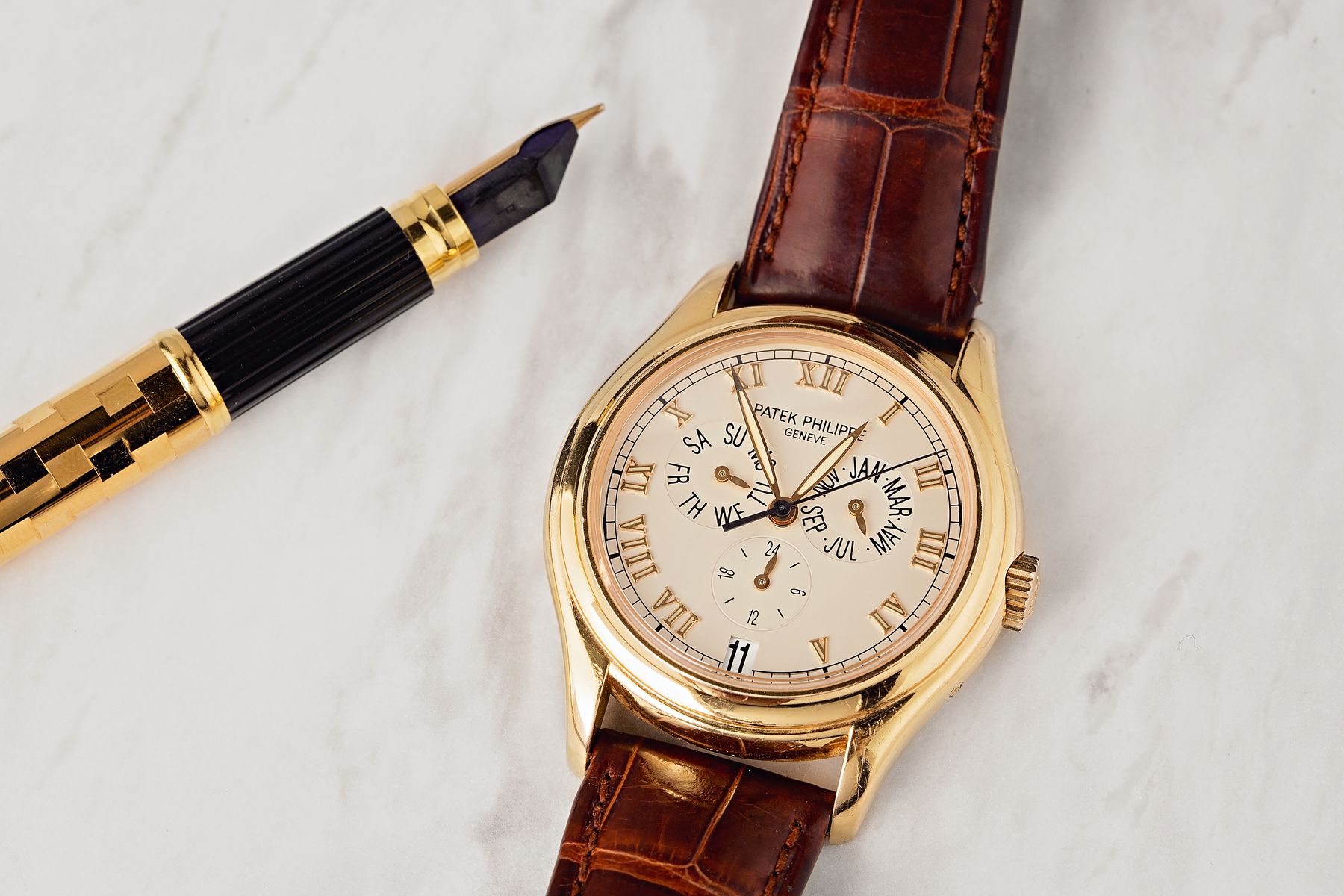
Let’s start from the very beginning. The first digit of the reference number usually signifies the gender of the watch. Numbers beginning with 3, 5, and 6 are typically assigned to men’s models, while reference numbers starting with 4 and 7 are often assigned to women’s watches. The sequence following the backslash signifies specific details of the watch itself, such as the bezel, bracelet, or case.
For example, a backslash followed by the number 1 (xxxx/1) means that the timepiece wears on a metal bracelet, similar to the reference number example used above. Letters at the end of this sequence represent the material used, but we will go into that in much further detail later. It’s also important to note that if a watch doesn’t have any significant distinguishing features, it isn’t uncommon to leave out the section after the backlash entirely. One such example is the current-production ref. 5726A-001. Finally, the last three digits at the very end of the entire reference number following the hyphen are designated for the dial.
Remember, these are just loose rules that don’t always apply. However, it’s still useful to have them in your back pocket if you’re a Patek Philippe enthusiast.
Brush Up On Your French To Understand Patek Parlance
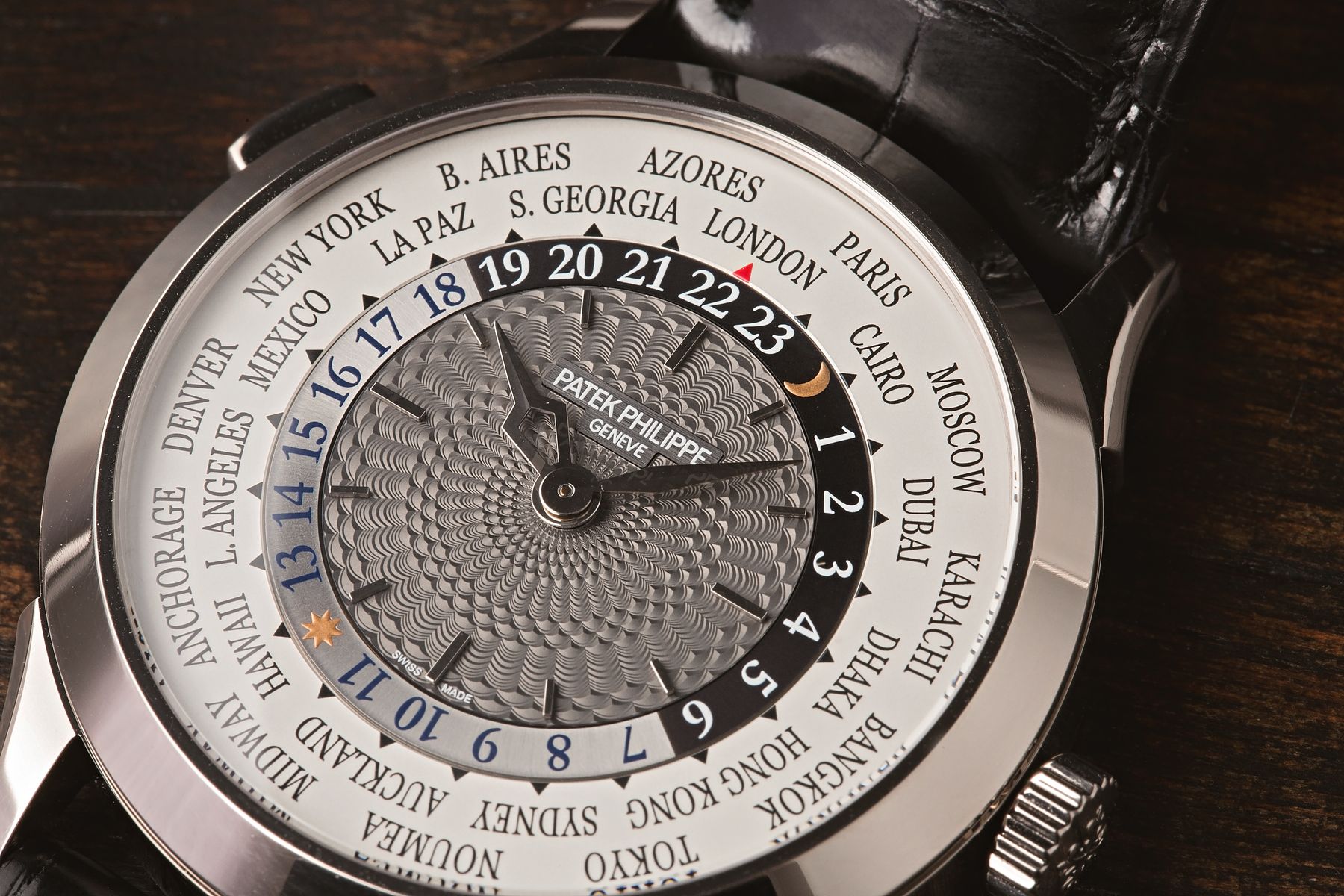
Patek Philippe is based in Geneva, which is in the French-speaking part of Switzerland. As such, the letters in Patek Philippe reference numbers and movement codes are abbreviations of French words (the same goes for Rolex).
The letters in Patek Philippe reference numbers signify the case material of the watch. Using our example from above (5726/1A-014), we can gather that this edition of the Patek Nautilus is produced from stainless steel.
See the complete list below:
| Letter | French Word | English Translation | Case Material |
| J | Jaune | Yellow | Yellow Gold |
| G | Gris | Gray | White Gold |
| R | Rose | Pink | Pink Gold |
| A | Acier | Steel | Stainless Steel |
| P | Platine | Platinum | Platinum |
| T | Titane | Titanium | Titanium |
Patek Philippe Caliber Numbers
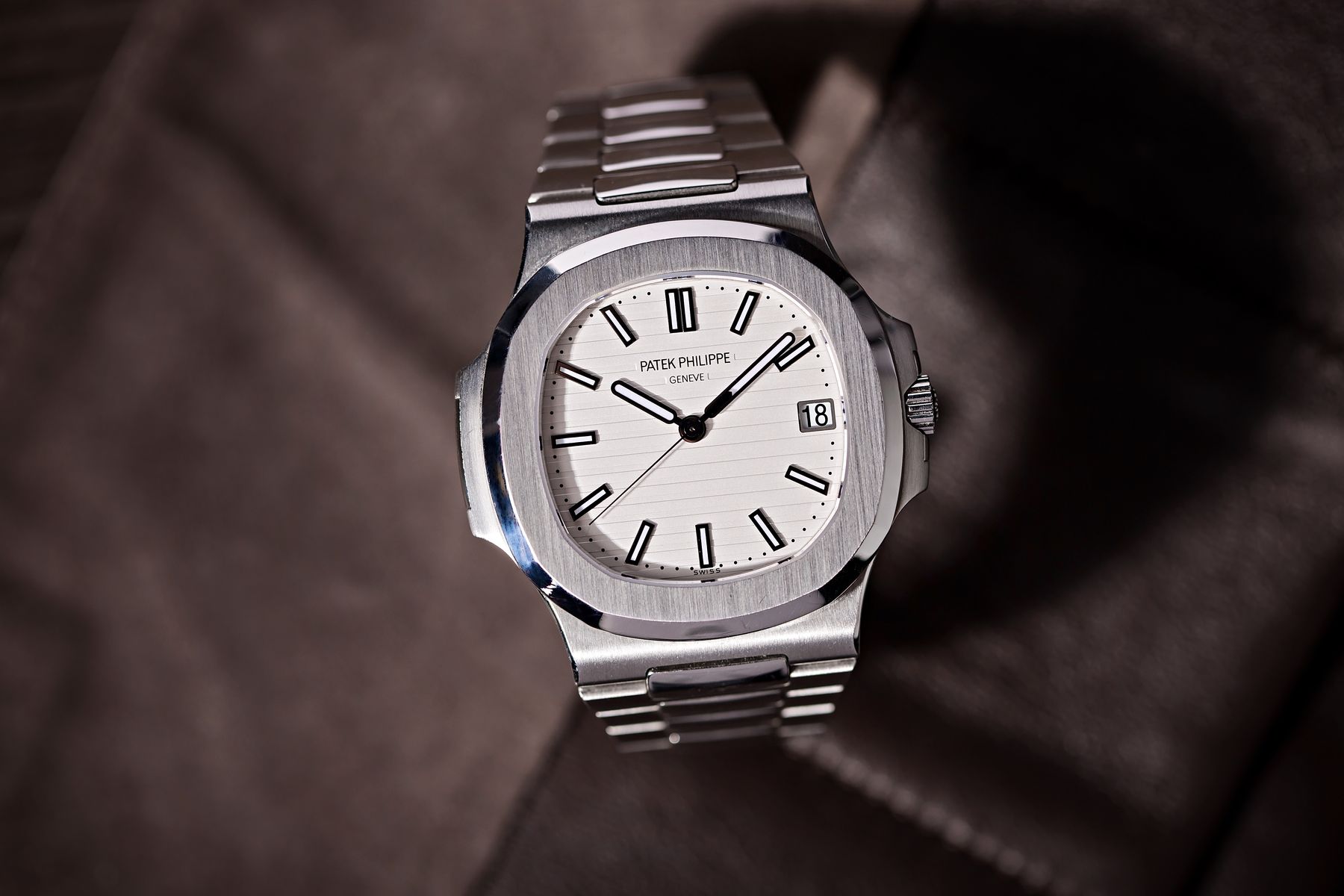
On the other hand, the letters in Patek Philippe caliber numbers signify the complications and functions of the movement. Let’s use the caliber 240 PS IRM C LU as an example. Using the guide below, we can determine that it features small seconds (PS), a power reserve indicator (IRM), a date indicator (C ), and a moon phase (LU).
See the complete list below:
| Movement Code | French Word(s) | Complication/Function (in English) |
| 10J | 10 jours | 10-day power reserve |
| 24H | 24 heures | 24-hour dial |
| AL | Alarme | Alarm |
| C | Calendrier | Date indicator |
| CH | Chronographe | Chronograph |
| CHR | Chronographe à rattrapante | Split seconds chronograph |
| CL | Ciel | Sky chart |
| EQ | Equation du temps | Equation of time |
| FUS | Fuseau horaire | Dual time zone |
| HG | Heure à guichet | Hour shown via an aperture |
| HS | Heure sautante | Jumping hours |
| HU | Heure universelle | World time |
| IRM | Indicateur de Réserve de Marche | Power reserve indicator |
| J | Jour | Day indicator |
| LU | Phases de lune | Moonphase |
| PS | Petite seconde | Small seconds |
| Q | Quantième perpétuel | Perpetual calendar |
| QA | Quantième annuel | Annual calendar |
| QR | Quantième perpétuel rétrograde | Perpetual calendar with retrograde date hand |
| R | Répétition minutes | Minute repeater |
| REG | Affichage de Type Régulateur | Regulator-style display |
| S | Seconde au centre | Center sweep second hand |
| SE | Semaine | Week indicator |
| SQU | Squelette | Skeleton |
| SID | Heure sidérale | Sidereal time |
| TO | Tourbillon | Tourbillon |
To the untrained eye, Patek Philippe’s reference and caliber numbers are overwhelming. However, if you know how to read them, you can determine quite a bit about the watch without even looking at it.
Difference Between Patek’s Reference Numbers and Serial Numbers
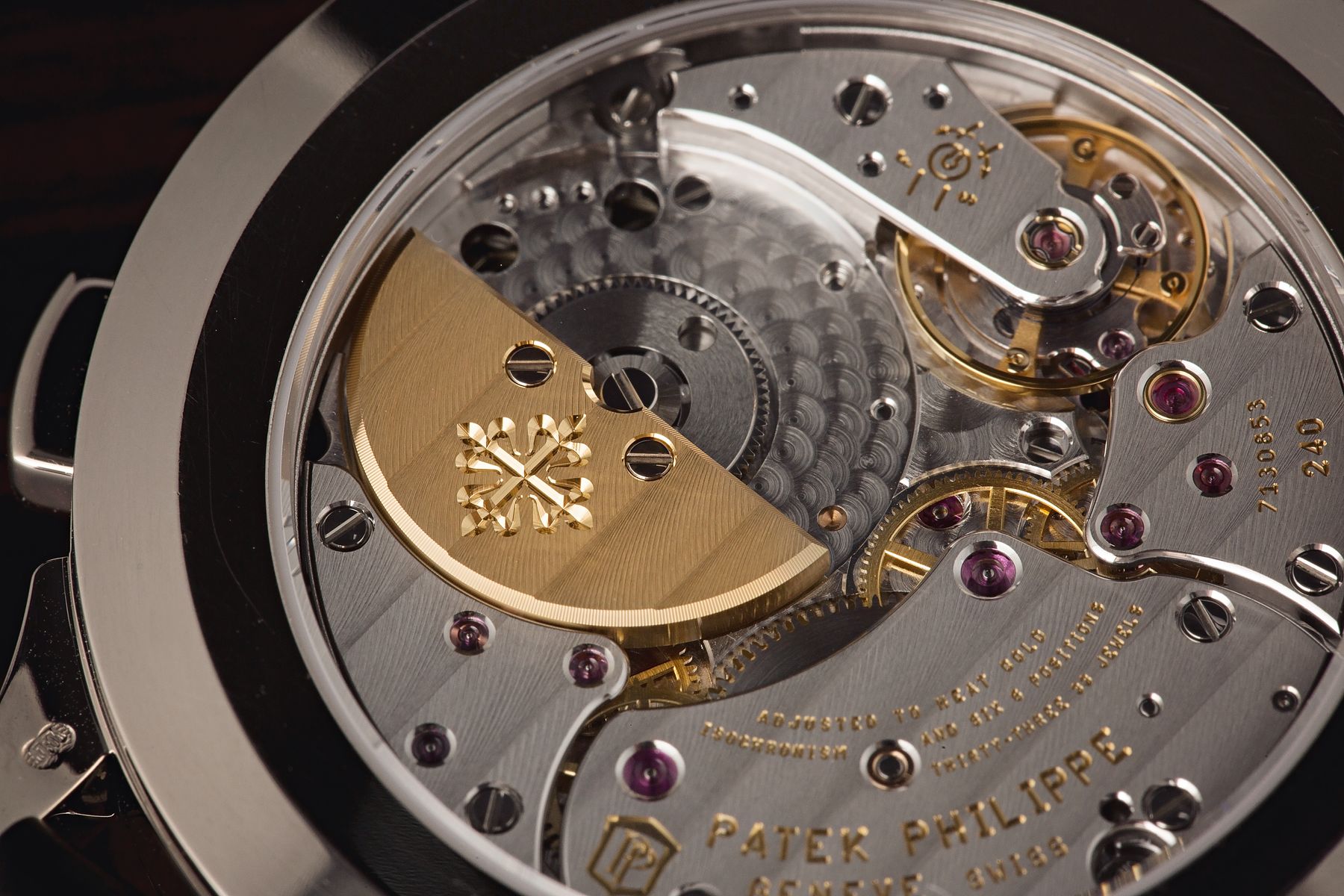
When it comes to luxury watches like Patek Philippe, reference numbers and serial numbers are often misunderstood. While both are key to identifying and authenticating a watch, they serve distinct purposes. A reference number refers to the model of the watch, detailing its design, case material, and overall style. On the other hand, the serial number is unique to each individual watch, essentially acting like a fingerprint, ensuring its authenticity and tracking its history.
Confusingly, both numbers are essential to collectors but provide different types of information. The reference number is consistent across all watches of the same model, meaning two watches of the same design will share the same reference. However, each watch will have its own unique serial number, which is specific to that particular timepiece. The serial number is used to track manufacturing details, such as when the watch was produced and sold.
For watch enthusiasts, serial numbers are especially important for verifying the provenance and originality of a Patek Philippe timepiece. A Patek Philippe serial number check can help trace the watch’s history, revealing whether any alterations have been made or if parts have been replaced. This process is vital for collectors aiming to ensure the authenticity of a piece. In contrast, the reference number is more about identifying the model and series, offering insight into the overall design, while the serial number offers unique details about the individual watch.
Ultimately, both reference numbers and serial numbers are vital for Patek Philippe owners and collectors, but they serve distinct purposes. While the reference number helps identify the model and style of a watch, the serial number is the key to unlocking the unique history of each timepiece. Understanding these differences is crucial to fully appreciating the intricate world of Patek Philippe collecting.
Key Takeaways on Patek Philippe Reference and Caliber Numbers
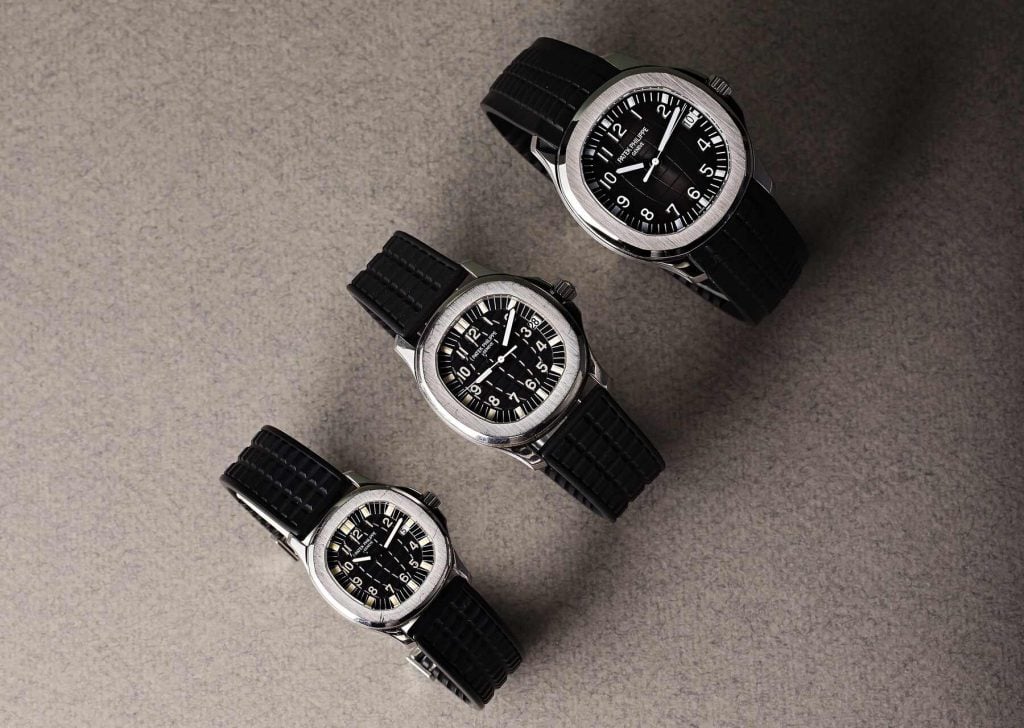
Patek Philippe reference numbers offer a glimpse into a watch’s model and material, while caliber numbers reveal the intricate functions and complications of the movement. Knowing how to interpret both sets of numbers provides collectors with a deeper appreciation for the craftsmanship and innovation behind each timepiece.
Whether you’re a seasoned collector or just starting, understanding these codes enhances your ability to identify, authenticate, and fully appreciate the value of each Patek Philippe watch. By mastering these details, you gain valuable insight into the brand’s rich horological legacy.
This knowledge not only helps in identifying models but also adds confidence in purchasing or collecting. Understanding the details behind reference and caliber numbers allows enthusiasts to make informed decisions and navigate the Patek Philippe catalog with ease.
